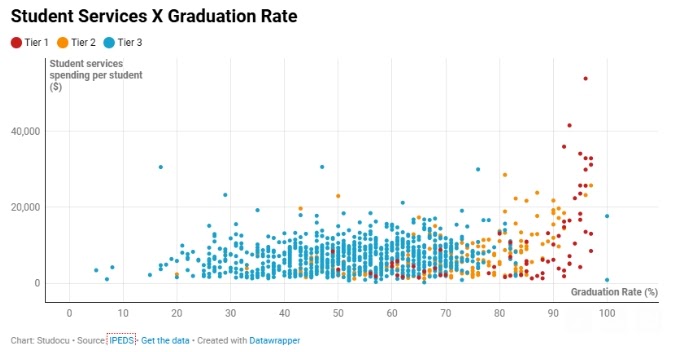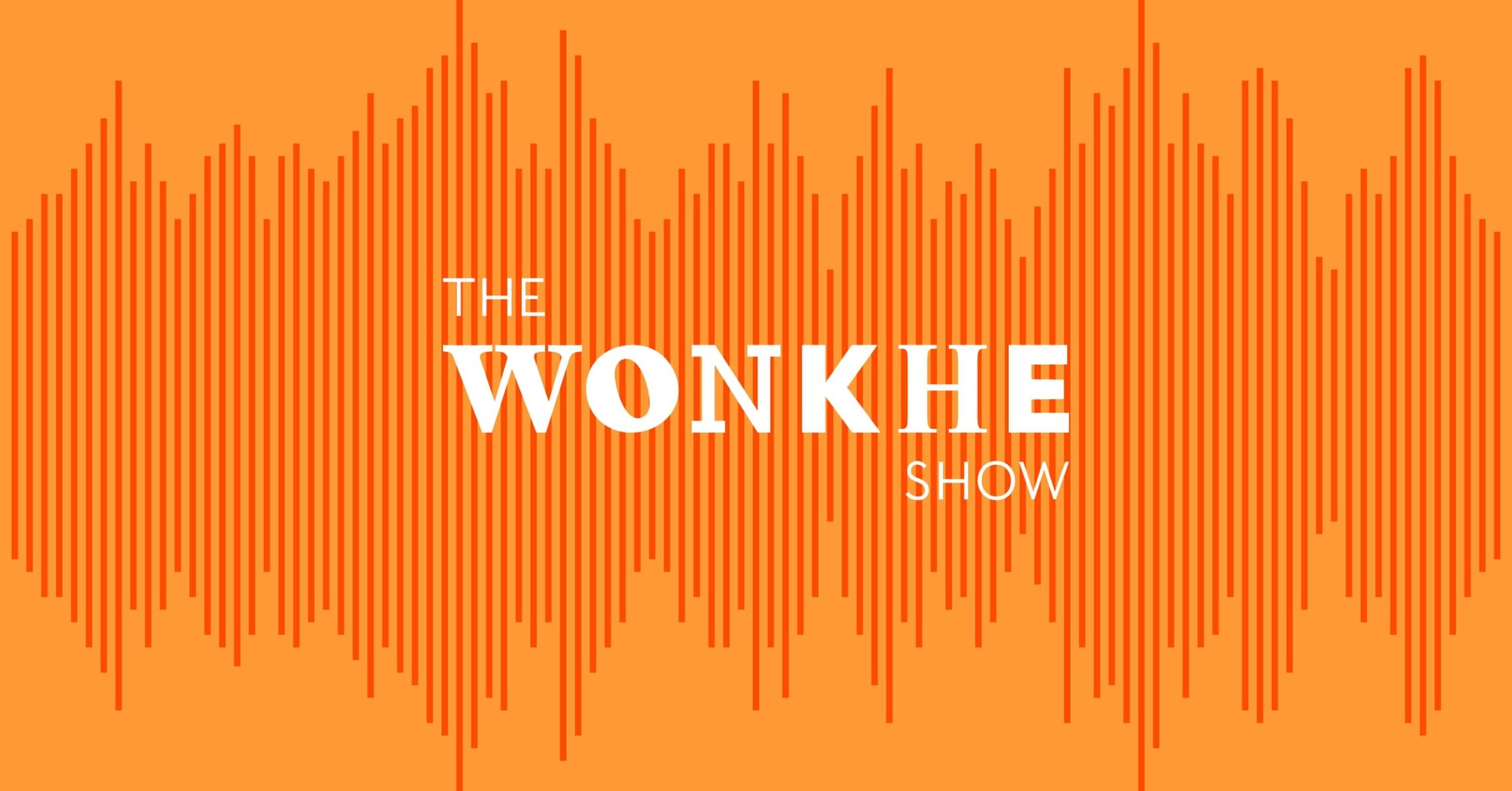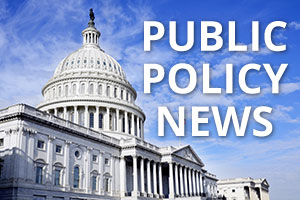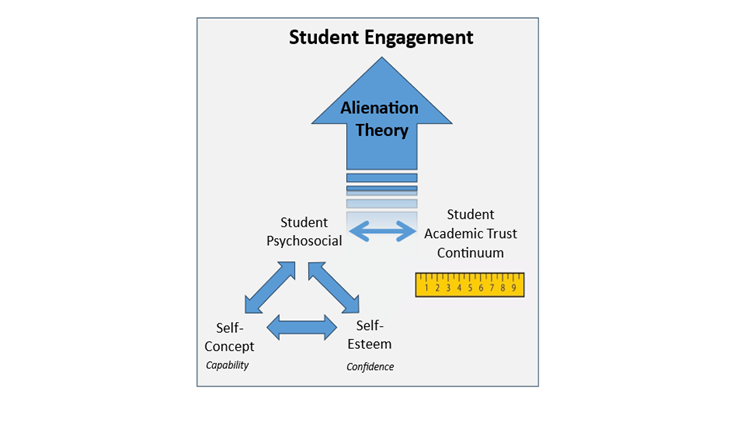After 13 years of testing higher-order active learning modalities in the classroom, collecting data, building a database, and analyzing student learning results in bi-annual principles of marketing classes, my colleague and I saw two important results emerge. First, all students, regardless of their SES (socio-economic status) standing, showed significantly higher levels of retained learning than the control group which used the time-honored lectures, basic active learning techniques, and case approaches. Secondly, of greater importance, lower-level SES students showed significantly higher retained learning than the general student population. In surveying the literature, significant results have been reported for all students, but not significantly higher than the norm for lower-level SES students.
In the beginning, we decided to build a database measuring what might work better than the currently accepted flipped classroom concept. This step was taken especially since it became more difficult for me over the years in the classroom to keep today’s device-driven students focused beyond 10 seconds or less on an assigned major concept for each of my fifty-minute classes. Retained learning was there but not at the expected levels. In the last 15-20 years as a college professor, especially in marketing and management courses, I have struggled to keep students’ attention, keep them engaged, and keep them on the desired path to improved retained learning of the important course concepts. Fortunately, the classic lecture format, “we speak-you listen”, was replaced years ago by variations of the flipped classroom—students read and studied course content on their own and came to class ready to discuss the major components and issues of what was being studied. However, in this environment, professors must also demonstrate how to apply major concepts to actual problems.
What are the Necessary Steps to Specifically Help SES Students?
We started with guidance from Jean Piaget’s Constructivist Learning Theory, “a process of constructing knowledge based on experience” which embraced active learning modalities as viable examples of the theory. In doing so, we were able to proceed to acceptable testing for TBL/PjBL (Task-Based Learning/Project-Based Learning), simulation, and TBL/PjBL aspects of active learning. With the promise of significantly improving student retained learning experiences, we proceeded to apply the processes to the major classroom concepts under study, connecting them to relevant, firsthand, rigorously applied applications. The best results came from the highest order TBL/PjBL combined modalities where teams chose their own community service projects,
How do you start this process? Some form of testing should be considered if such modalities have not been tried in the past. While our data collection was for entry level classes to a major, it is not recommended that you do that. For that class level, I recommend the simulation modality as offered by some of the major publishers. In addition, we found that problem-based learning, using specific real -world problems, did not work well in my classes as every semester had a different local problem supplied. I also realized that any single problem assignment for the semester in the PjBL format could not be stretched to cover all the semester’s major concepts in the discipline.
Here is a basic framework for using simulation or the TBL/PjBL combination in certain marketing, management, and other related business classes as examples:
1. Choose a Familiar Visualization
To start with, for any principles or like-named introductory classes in the major, regardless of how you introduce the higher order modalities, it is important that you choose a visualization for students to use in their application exercises. In marketing, I use a bookbag (backpack) because of the obvious student familiarity. In management, it might be a company. In sociology, it might be a defined demographic group. In picking a visualization, make sure students have experience with it as a necessary knowledge base on which to build their applications for greater retained learning. This step is essential in all forms of active learning, especially in the higher order modalities. Even though current generational students resist group work, I encouraged them to team up with a study partner (for experience) where they can help each other with content, application, and reporting (even though all submissions must be individual and not just copied from their partner).
If you do not have experience with simulation or TBL/PjBL, it is strongly recommended to test the various forms in a segment of the course, such as in the last four weeks. The easiest way to start this segment is to use a graded, flipped simulation where students apply the application outside of class in that timeframe, with you testing the applied learning results using one concept per week. The way I did this was to have each student submit a written weekly ¾ page minimum response showing how they applied that week’s concept. This will require extra work for you, but the results should be enlightening to your teaching success along with problem areas that should be addressed.
If you choose just simulation, McGraw Hill, for example, uses 8-10 application-based activities (called ABAs) for critical inclusion at set times throughout the semester. Because of the lack of student experience in a general business operation, I allowed three tries at each activity before posting a student’s grade. Two weeks before the end of the semester, I offered students extra credit if they ran the whole marketing process to sell backpacks. Anecdotally, adding TBL/PjBL modalities were too much for them to manage and there was too much group conflict. Thus, a month of individual response classes could be considered a capstone for the class. Now, with the introduction to generative AI, you will now need to review how to let the students use it as a source, just like Google or any other such media; however, be sure to have them quote their source along with properly noting with exact quotes for any AI content used as presented.
For your classes at upper levels such as marketing communications and consumer behavior, use the combined higher order active learning TBL/PjBL model. On the first day of class, define the visualization requirement; however, this will be different for each group as they choose their project. Next, in that same class period, note that they will be working in groups for their TBL/PjBL project with each formed group confirmed by you two weeks in. Define the group size as no more than four students; no less than two students if necessary (class size, resistance etc. may impact choices). Even if you have used or are familiar with higher order modalities in the classroom, you should review the most current literature on how and why components of cooperation must be included (which includes collaboration) and what constitutes an effective TBL/PjBL group. My colleague and I have found that TBL/PjBL projects worked better if developed, designed, and implemented by each student team and with our professorial guidance.
I suggest that you review the details on why the community service project is best, starting with Kuh, Kinzie, Schuh, and Whitt (2005) who first mentioned this approach and recognized its benefits, and Kuh (2008) who expanded on them. See also von Freymann and Cuffe (2020) for six reasons to choose community service projects. Our university has been quite pleased with the outcomes and publicity—along with a sizable donation to one of our schools as a thank you.
2. Form Intentional Teams and Track Achievement Data
Be sure to devise measurement methods for data collection from the start of class to record and compare lower-level SES student achievement versus non-lower-level SES student achievements. Allowing groups to form on their own may not allow for using all the aspects of higher-order cooperation. As an aside: Group composition is often the most difficult step in upper-level classes as many may have their friends in class and who they feel more comfortable working with. A class vote has not worked in the past, so you need to consider setting up the teams yourself guided by your experience with these students and their posted GPAs. You will get some pushbacks, but you should explain in class at the beginning of the semester why this will work better for everyone in the end.
3. Syllabus Inclusions
Syllabus inclusions—promise and provide proper guidance throughout the semester with individual teams outside of class. Also review situations and/or results in class that apply to all the groups’ efforts. Once decided, be sure to update your syllabus with the revised details of what’s expected, how to do it, and what graded parts will be needed.
From the beginning, it’s important to clearly explain in your syllabus how the process will be conducted and assessed, including the required written submissions and final presentation for all higher-order modality applications. For TBL/PjBL, part of the process should require a group response of what was found in the literature review. This will help support the plan recommendation in the final written document and presentation. (Students in the simulation classes should be assigned some individual concept research as well to help them get used to using other sources.) Due to the added student workload, the team research should be submitted by mid-semester for acceptance and separate grading by the professor. Each team member must submit three to five supporting articles with an assessment of how it will help the planning process.
Using the tenants of Constructivist Theory for support, explain to students how the theory should work for them and remind them throughout the course to focus on what they might know, can vicariously relate to, and what they have adapted to, as their base experience in learning the course core concepts as they are revealed by you throughout the semester.
Dr. von Freymann spent thirty years in advertising and marketing as a practitioner working with many companies from high tech to consumer products, national to local. Moving on, Jeff earned an MBA and DBA, each with a marketing emphasis and spent the later part of his career teaching, settling at Wingate University as an associate professor. Using his business experience, he was able to show students how the business process works and why it’s essential for them to be able to apply that learning after graduation.

















